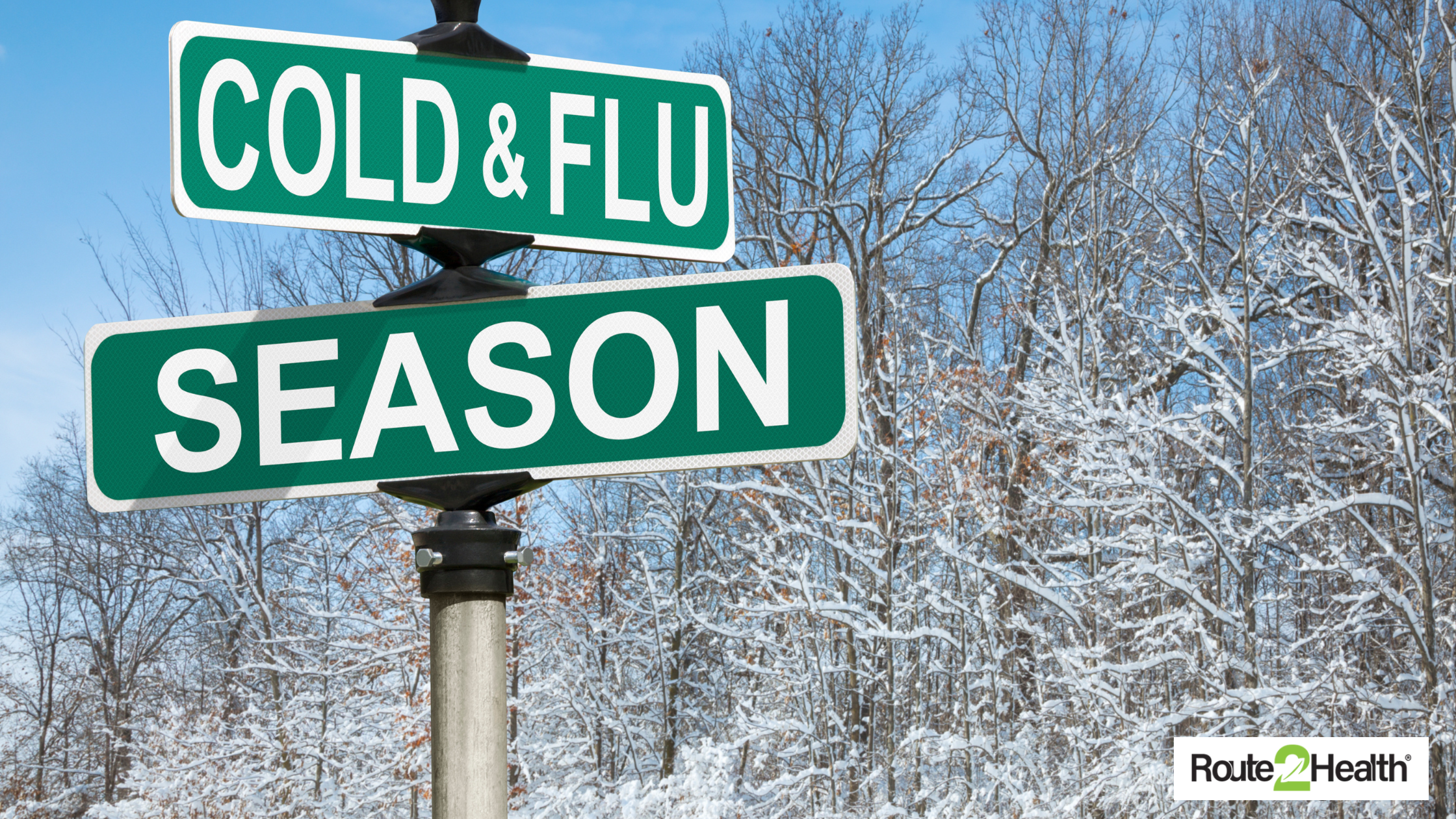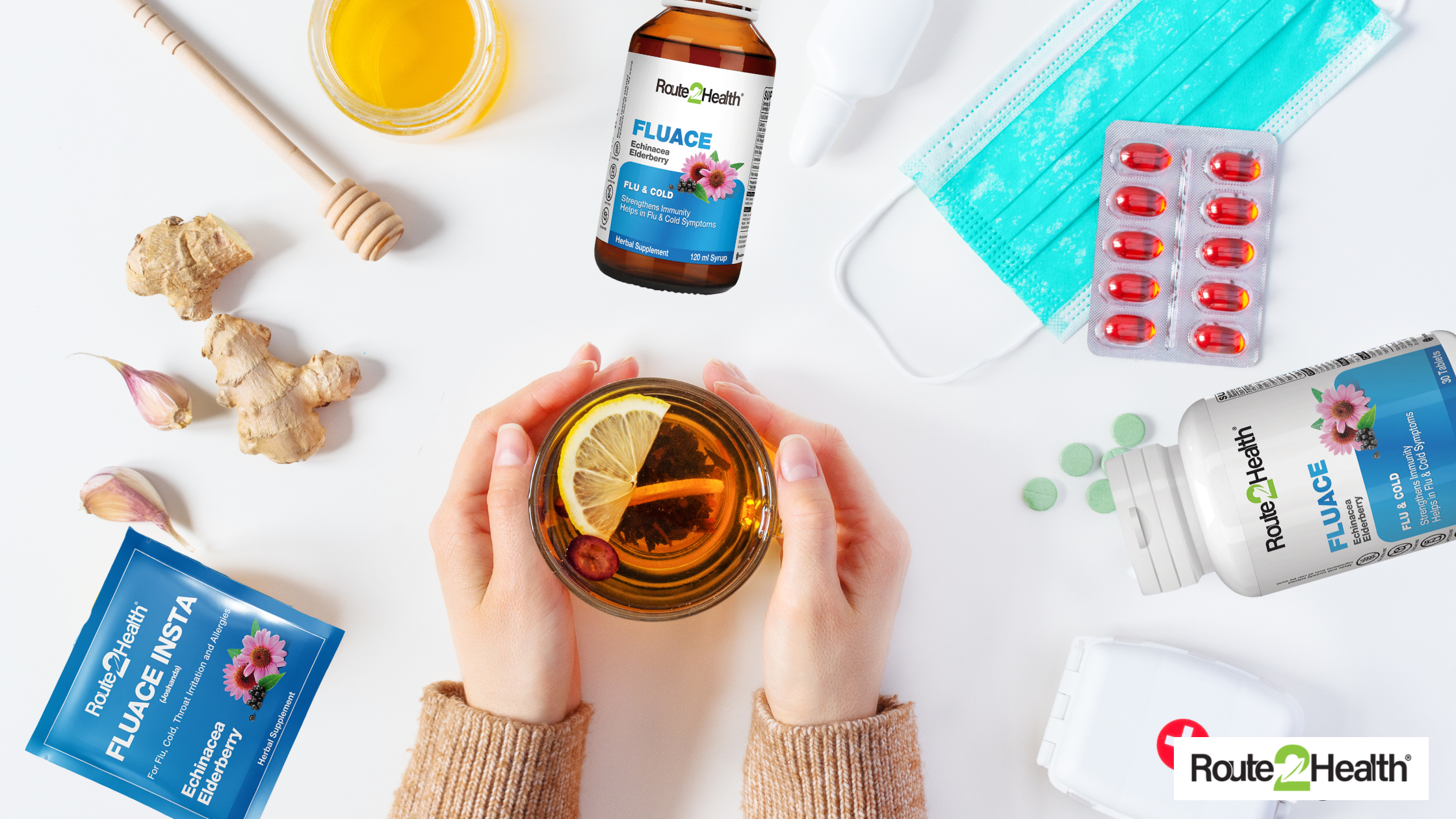
The Role of Copper and Zinc in Reducing Inflammation and Boosting Immunity
As the weather shifts and temperatures swing between warm afternoons and chilly nights, many families are noticing more coughs, colds and lingering sore throats. Seasonal change can nudge our immune defences off-balance—but a quiet part of the solution sits on our plates: trace minerals. Two of the most important are zinc and copper. Though needed only in tiny amounts, they help our immune cells recognise invaders, generate energy for rapid response, neutralise damaging free radicals, and resolve inflammation. In this guide, we unpack exactly how zinc and copper work, where they shine individually, why balance matters, and how to maintain healthy levels.
Why Zinc and Copper Matter for Immunity?
Zinc is a “gatekeeper” of immune signalling: it supports epithelial barriers (your first line of defence), coordinates innate cells like neutrophils and natural killer cells, and is crucial for T- and B-cell development and communication. Deficiency impairs cell-mediated immunity and increases susceptibility to infections.
Copper is woven into enzymes that fuel immune cells and control oxidative stress—most famously Cu/Zn-superoxide dismutase (SOD1), which detoxifies harmful superoxide radicals. Copper also supports neutrophil function and iron mobilisation through the ferroxidase ceruloplasmin, influencing oxygen transport and inflammatory tone. Deficiency can cause neutropenia and a greater infection risk.
Zinc’s immune superpowers—and the mechanisms behind them
1. Strengthening the Body’s Physical and Chemical Barriers
Your skin and mucous membranes are the front door of the immune system. Zinc is essential for maintaining tight junctions, epithelial integrity, and rapid wound repair. At the cellular level, zinc stabilises cell membranes and protects them from oxidative and mechanical stress, reducing entry points for microbes. Research shows that zinc deficiency is associated with impaired barrier function and higher infection rates, particularly in children.
Zinc acts as a cofactor for DNA/RNA polymerases and transcription factors, driving cell proliferation and differentiation. This fuels rapid renewal of epithelial cells in the respiratory and gastrointestinal tracts—key at this time of year when viruses are rife.
2. Calibrating Innate Immune Responses
The innate immune system provides fast, non-specific defence. Zinc shapes chemotaxis (how cells move toward a threat), phagocytosis (engulfing pathogens) and oxidative bursts (killing them). Deficiency disrupts neutrophil and NK-cell function and skews cytokine production, hampering first-response effectiveness.
Zinc ions serve as intracellular signalling molecules—second messengers—that fine-tune pathways like NF-κB and MAPK, dictating which cytokines are switched on and for how long. Research shows that proper zinc status supports a brisk but measured response, helping limit collateral tissue damage.
3. Building a competent adaptive immune system
If innate immunity is the fire brigade, adaptive immunity is the detective unit and memory bank. Zinc is essential for thymic function, T-cell maturation and helper-T regulation. The thymic hormone thymulin requires zinc to become biologically active; in deficiency, thymulin activity drops and T-cell signalling falters, weakening antibody responses down the line.
Zinc supports gene expression programs that drive T-cell receptor signalling, clonal expansion, and differentiation into Th1/Th2/Treg subsets. It also influences B-cell development and antibody class switching, improving specificity and long-term protection after infections or vaccination.
4. Taming excessive inflammation
A strong immune system isn’t one that is always on—it’s one that knows when to stand down. Zinc restrains over-activation by moderating NF-κB activation and oxidative stress. Inadequate zinc is linked to pro-inflammatory states and worse outcomes in infections and sepsis.
By binding to proteins with “zinc-finger” domains, zinc alters transcription of inflammatory genes and supports antioxidant enzymes, helping resolve inflammation once the threat is contained.
How Copper Supports Immune Strength and Controls Inflammation?
Copper may not get as much attention as zinc, but it is just as vital for a strong, well-regulated immune system. It works in several interconnected ways to fight infection and control inflammation:
- Powering Antioxidant Defence: Copper forms part of the enzyme Cu/Zn-superoxide dismutase (SOD1), which neutralises harmful free radicals produced during infections. This prevents excess oxidative stress and tissue damage while the body fights pathogens.
- Energising Immune Cells: It acts as a cofactor for cytochrome-c oxidase—a key enzyme in mitochondrial energy production. This fuels neutrophils and macrophages so they can effectively engulf and destroy microbes.
- Supporting Iron Transport and Oxygen Delivery: Copper-dependent ceruloplasmin helps move iron safely through the blood. This ensures efficient oxygen supply to tissues and maintains balanced inflammatory responses.
- Maintaining Balanced Immune Function: Adequate copper supports the development and activity of T and B lymphocytes. Deficiency can cause neutropenia and weakened immune defence.
- Preventing Chronic Inflammation: Through its role in antioxidant enzymes, copper helps the body resolve inflammation after infection—reducing the risk of long-term tissue damage.
In short, copper acts as the spark plug that keeps the immune engine running smoothly—energising immune cells, protecting tissues, and restoring balance after inflammation.

Bringing It Together During Seasonal Change
As coughs and colds circulate with the change in weather, think of zinc as the signal tuner and barrier-builder and copper as the antioxidant shield and energy booster. Together, in balance, they help your immune system react quickly, hit hard, and then calm down—so inflammation resolves rather than lingers.
If you’re looking for a simple, evidence-aligned way to top up daily intake, Zinc Plus Copper by Route2Health delivers zinc for front-line immune support paired with copper to maintain the right balance for antioxidant defence and energy metabolism. It’s a smart, season-ready choice for adults who want everyday immune resilience with a simple tablet.
FAQs
1. Can I take zinc every day during the cold season?
Yes—at nutritional doses. Aim for the recommended dietary intake (about 8–11 mg/day for adults). Avoid exceeding the UL of 40 mg/day long-term unless medically advised, because high zinc can deplete copper.
2. Do I still need copper if I eat nuts and seeds most days?
Likely yes—but your intake may already be close to the 0.9 mg/day target if you regularly eat nuts, seeds, legumes and wholegrains. A combined Zinc Plus Copper supplement can help keep balance if you also take separate zinc or follow a very high-phytate diet.
3. Do zinc lozenges prevent colds?
Evidence mainly shows they can shorten duration if taken correctly soon after symptoms begin; they are not proven to prevent colds. Use them short-term during illness and stick to daily nutrition the rest of the time.
4. I’ve heard copper is “pro-oxidant.” Is it safe?
In excess, free copper can catalyse oxidative reactions—but in human biology copper is bound inside enzymes (like SOD1) where it protects tissues from oxidative stress. Stay near the 0.9 mg/day intake and below the UL of 10 mg/day.
5. Who should be extra mindful of zinc and copper?
People with restrictive diets, high whole-grain/legume intakes (phytates), gastrointestinal conditions affecting absorption, pregnant or breastfeeding women, older adults with low appetite, and those who take high-dose zinc or certain denture creams long-term.























































